It takes a lot to grow a successful mobile business. Tenacity, determination, intelligence, leadership — and a lot of help.
One of the most valuable resources in scaling your company is the business advice of other successful mobile leaders. They’ve been in your shoes, understand the unique challenges of mobile, and they’ve cracked the code on user engagement and retention. Their words of wisdom are priceless.
In this post, you’ll find our favorite bits of business advice from mobile innovators, business leaders, and revered publications — plus our own experience working with over 8,000 apps around the globe. 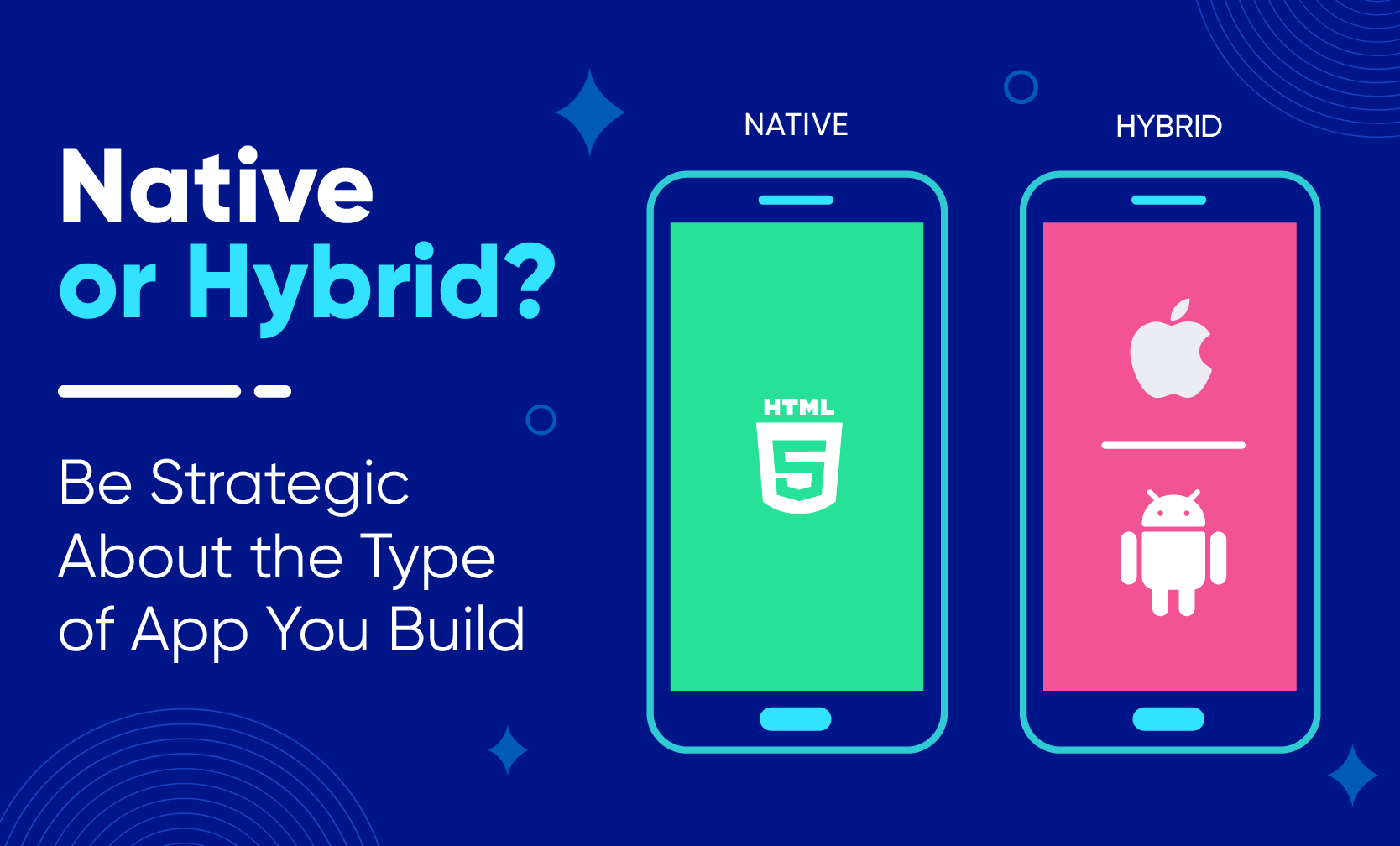
As VP of Engineering at mobile development firm Xtreme Labs, Fahran Thawar has worked with some of the biggest brands in the world. And since they all want to break into mobile quickly, a hybrid app that could attract users across platforms is an attractive choice. But ultimately the wrong one, according to Thawar. Hybrid apps can often mean compromising functionality, performance, and UI in the name of speed.
His advice: build a native app for the OS that’s most popular with your users, perfect the experience, and then expand from there. Dig into your customer analytics to pinpoint demographics, technographics, and user behaviors.
“Spend the time developing deeply on one platform,” Thawar says. “Then, once you’ve nailed that, you can branch out. From both a speed and quality perspective this is the only way to go.”* 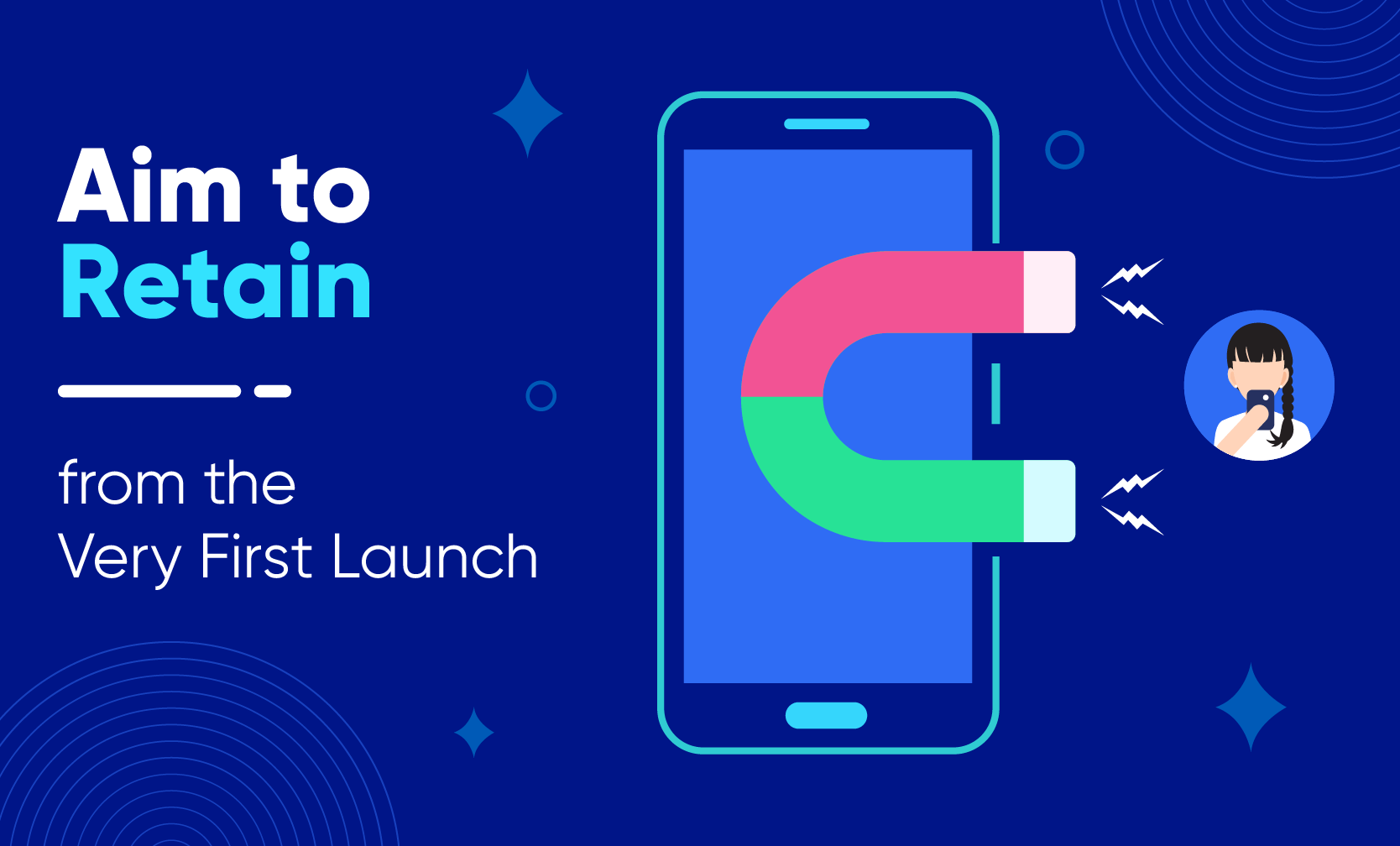
To keep new users coming back, your onboarding experience must demonstrate value immediately. What do new users need to know about your product to see how valuable it will be for them? Put that front and center.
Former Facebook exec and Products That Count founder S.C. Moatti has spent her career honing the mobile user experience. Often that means focusing on getting new users to complete a single key action that demonstrates your product’s value. One example: Facebook’s onboarding experience omits things like newsfeeds and encourages new users to do one thing — connect with friends on the site.
“Everything you see encourages you to connect with friends, until you reach the magic threshold of 20 connections,” says Moatti.* “That onboarding threshold is basically the line at which the product gets cool and relevant enough for people to see the value and stick with it. If you have 20+ friends, you get a great, full experience.”
What needs to happen in order to make your product sticky? Instead of showing off your entire UI to new users, get them to focus on completing a single task.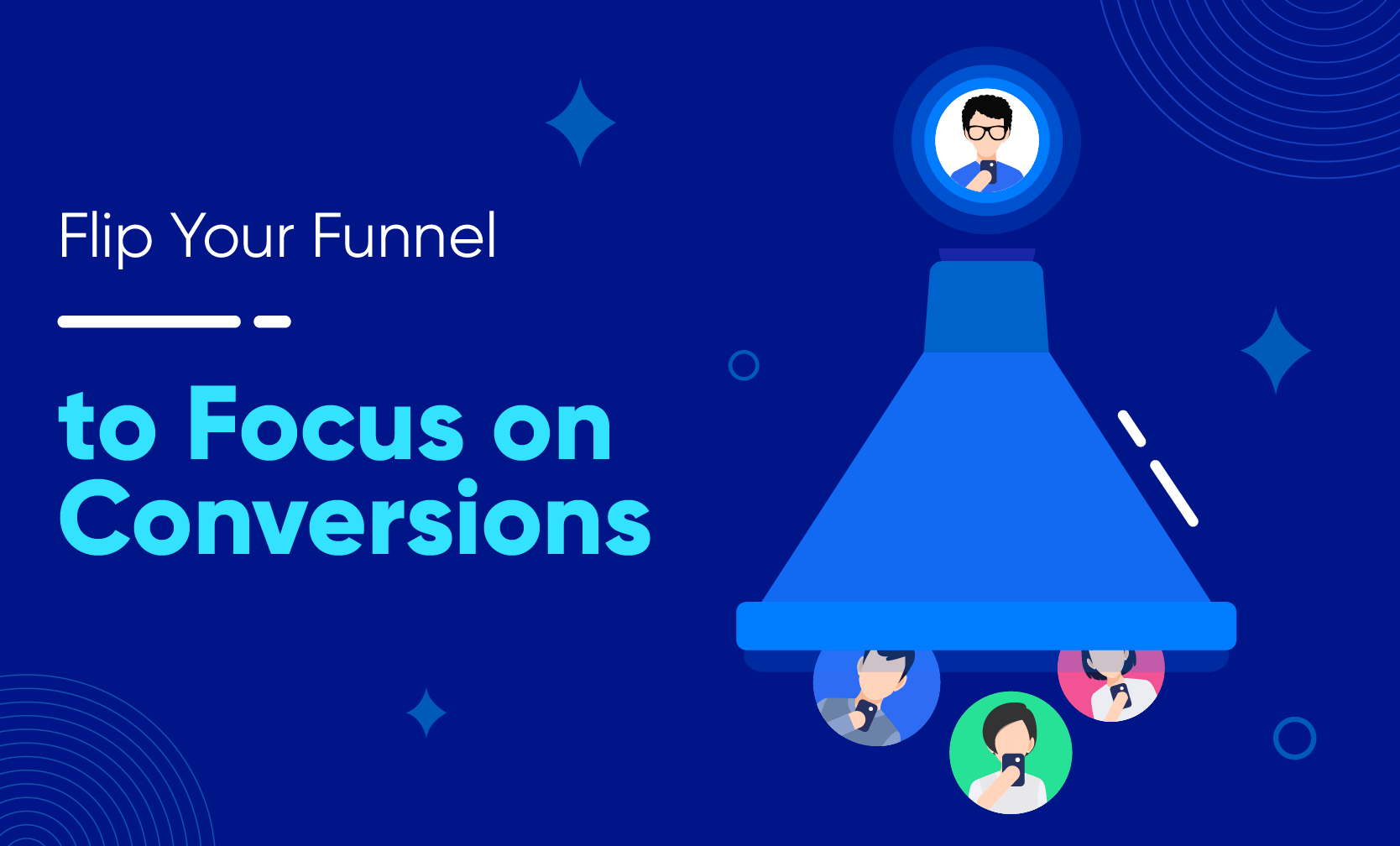
What drives real business growth isn’t the number of users you bring into the top of the funnel, it’s the number you convert at the bottom. Think retention rates or revenue generated.
Primer Co-Founder Kamo Asatryan explains, “The key is to really define one main metric — and it really needs to be an action that users can take in your product.”* For ecommerce apps, that will likely be completing a purchase.
To find your key metric, Asatryan recommends asking yourself two questions:
- Even if everything else stalled, if we grew our volume of ____ our company would still be doing really well.
- Every user who completes ______ action is likely going to use our product forever.
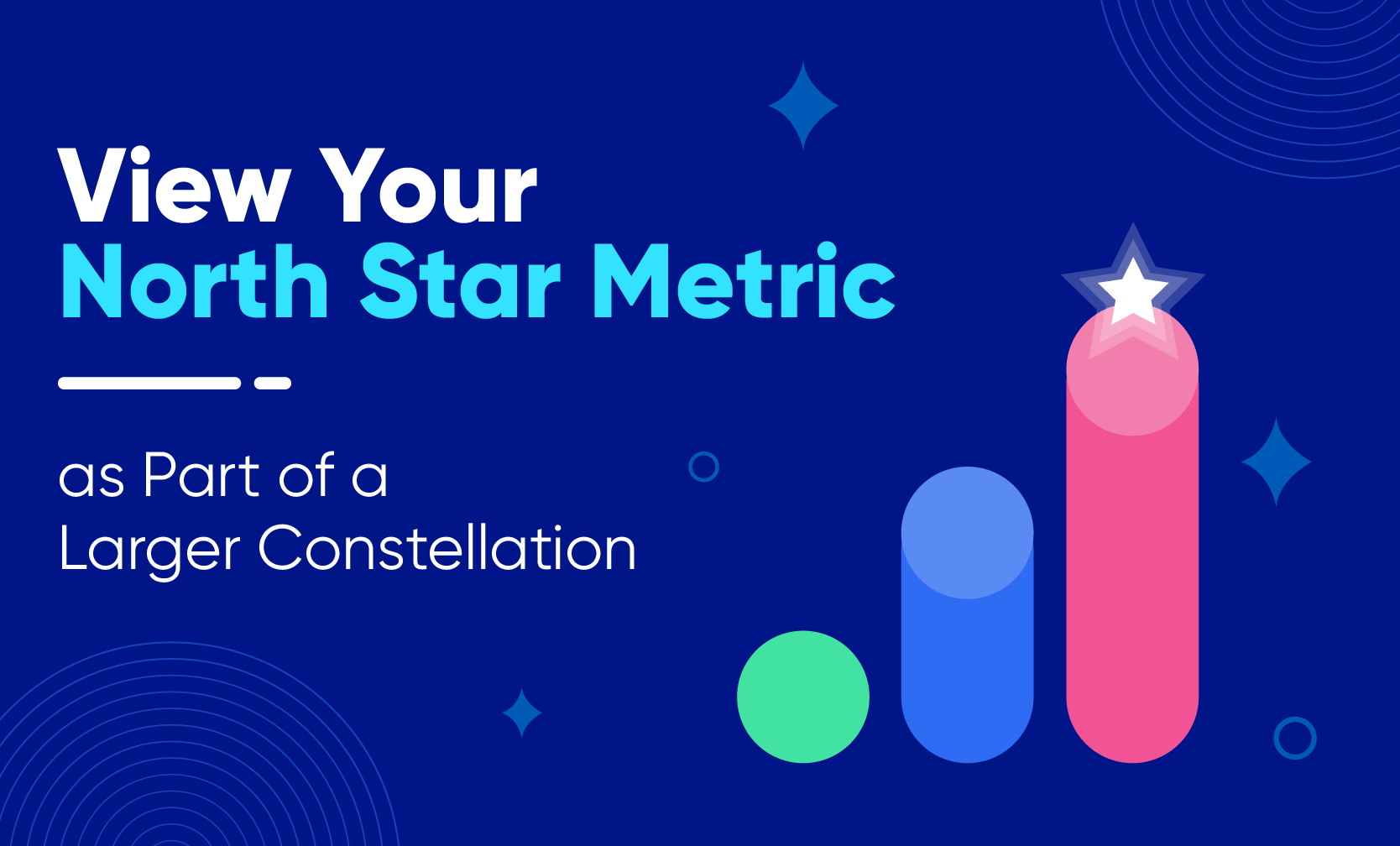
Yes, a single North Star metric that focuses on revenue is important for business growth. But if you are laser-focused on that one metric to the exclusion of all others, you’re more likely to have a too-narrow picture of your business and end up constraining growth instead.
For example, many companies use revenue generated as their North Star metric, which obviously makes sense when you’re trying to grow a business.
But as former Airbnb executive Jonathan Golden explains, “If Airbnb had optimized on revenue, rather than nights booked, we might have skewed the business to high-priced properties. Instead we focused on delivering the same magical experience whether a night cost $100 or $1,000, and built a customer base of evangelists.”*
To help the company scale efficiently, Golden created a constellation of three types of metrics:
- Quantity: This top-line product metric measures value or usefulness delivered to the customer and revenue to the business. For Airbnb, this was the number of nights booked on the platform.
- Quality: A measure of customer satisfaction, engagement, or retention. Airbnb measured Net Promoter Score to track customer loyalty.
- Efficiency: This measures ROI. Airbnb’s metric was the number of customer support tickets per reservation.
Golden also explains that at times, your North Star metric will need to take a back seat. After Airbnb launched internationally, their Quantity metric of nights booked jumped up significantly. But product defects spiked too — with 1.3x more customer support tickets than reservations.
So instead of requiring customers to email the customer support team to cancel a booking, they allowed people to cancel by clicking a button.
As Golden says, “Yes, that decreased nights booked by increasing the number of cancellations. But it substantially reduced customer support overhead and, more importantly, improved customer NPS, our quality metric, in the process.” The team prioritized customer experience over revenue, and those lost bookings were recovered within the next month.
CleverTap co-founder Anand Jain warns mobile businesses against putting undue emphasis on tracking MAUs, since it can be a deceptive metric. After all, you could have a billion MAUs — but if none of those users are actually converting, you’ve got nothing more than a failing business.
He recommends making MAUs more meaningful by viewing the metric through the lens of our Acknowledgement, Interest, Conversion (AIC) Framework.
It functions as a pyramid, with the bottom layer as Acknowledgement. These are users who launch your app occasionally and have perhaps subscribed to your email newsletter, but don’t engage with you beyond that surface level. Interested users make up the middle of the pyramid, and go a step further to perform a key in-app action like conducting a search, listening to a song, or uploading a photo. At the top are Converted users. These are customers who have made a purchase, subscribed to your service, created a profile — whatever a conversion means for your business.
This framework makes MAUs actionable: by breaking users into these three segments, you can more effectively create campaigns that encourage them to engage deeper, develop habits, and complete the key actions that matter to your business. 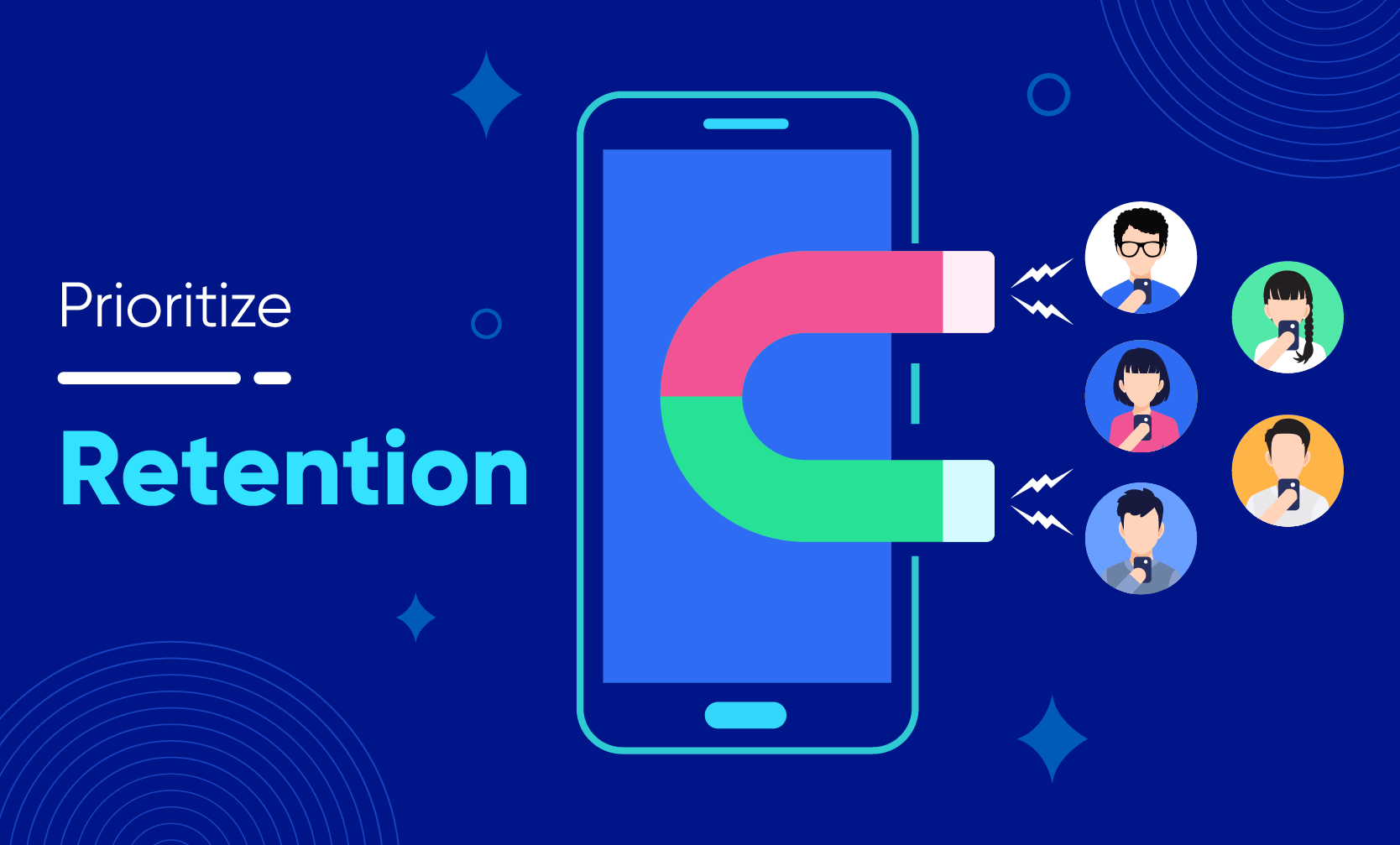
True growth isn’t possible until you’ve successfully engaged users and they’re continuing to come back. If you can’t retain users, you’ve got an issue with product-market fit, and that needs to be fixed first.
Meenal Balar, former Director of International Growth at Facebook, says: “If you push people into an app experience that they’re just going to churn out of, you’re going to lose more than you think. Those people are nearly impossible to ever get back.”*
A data-driven culture is imperative. You have to experiment, see what works to improve retention, and keep moving forward. And in order to do that, you need analytics tools that can surface the right data and immediately make it actionable. 
From day one, CleverTap has focused on providing the data and tools growing mobile brands need to build meaningful relationships with customers. Maximizing retention has always been our guiding principle. As our co-founder and CEO Sunil Thomas points out, a solid retention rate not only indicates product/market fit, but that you’re delivering your solution successfully.
CLV is higher, which means better ROI on acquisition campaigns. You can now afford to flex your competitive muscle and spend more on user acquisition — either pushing into new channels you previously couldn’t afford or dominating your most profitable channels to squeeze competitors out of the market.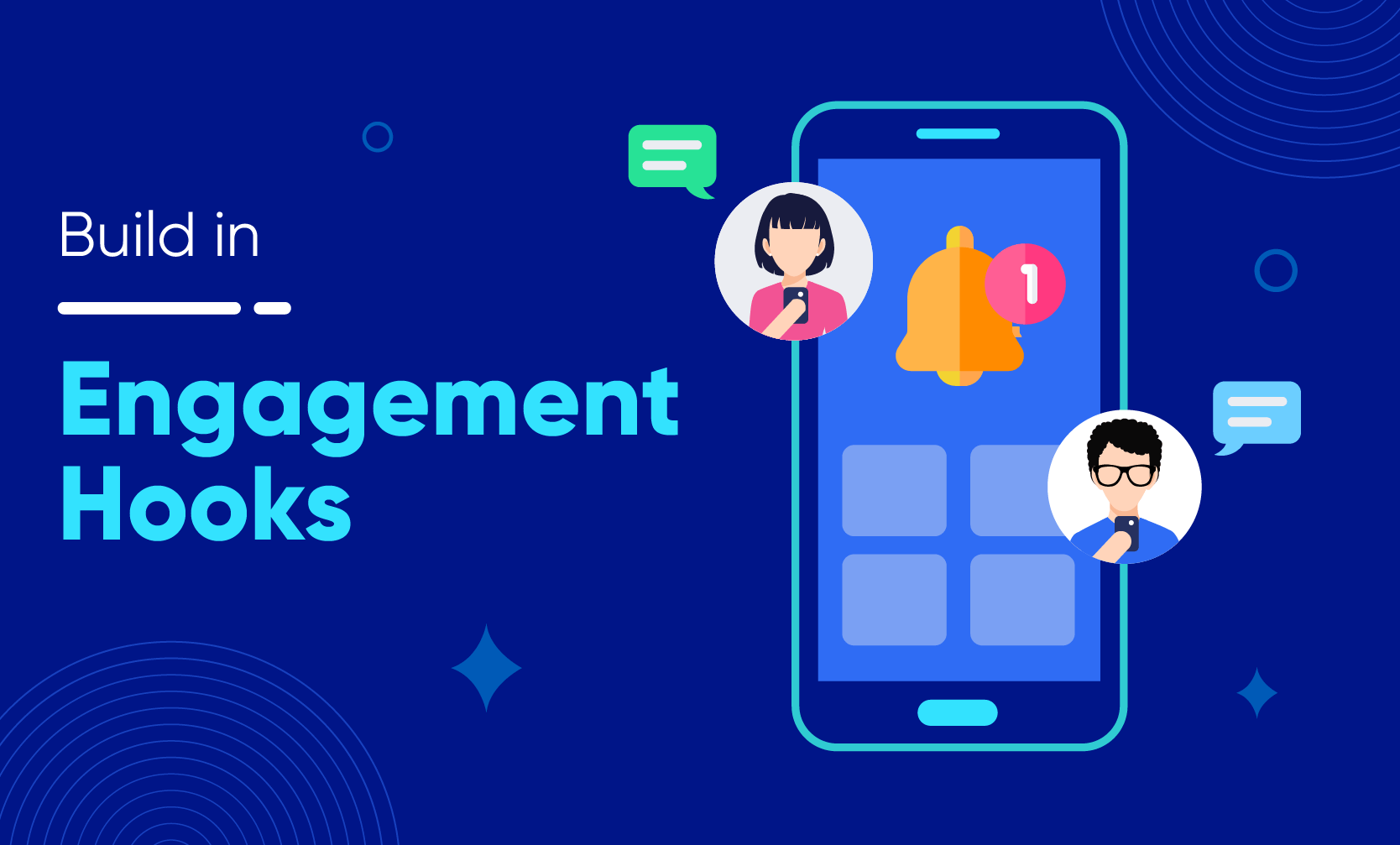
How do you build user habits that keep customers coming back to your app? In his best-seller Hooked, Nir Eyal explains the process: first you need to understand the reasons people use your product.
Next, lay out the steps that your customer must take to achieve their goal with your product. (A customer journey map can be the perfect tool for this.) Then start removing steps until you get to the simplest possible process. Any opportunity to capitalize on when each user is most motivated to act is where you want to place your trigger — like a personalized push notification, in-app message, or email.
Meenal Balar echoes this advice and recommends targeted push notifications as one of the most effective ways to do this — as long as every push notification delivers value.* Content needs to be customized for specific user segments. Timing also matters: what triggers can you use to help users create habits around your product? 
Siloed data + siloed teams = siloed goals. There’s no getting around it: growth requires close collaboration across your entire company.
Your engineering department should be in constant communication with marketing and sales so that they can understand things like your customer acquisition strategy and App Store optimization goals.
Tamara Steffens, SVP of Business Development at Acompli, says, “As soon as I finish a customer meeting, I will send notes to the engineers: This is who I met with, these are the five things they are still looking for the product to do.”*
Now the product team has the direct customer feedback it needs to plan and prioritize the roadmap in order to win new customers. 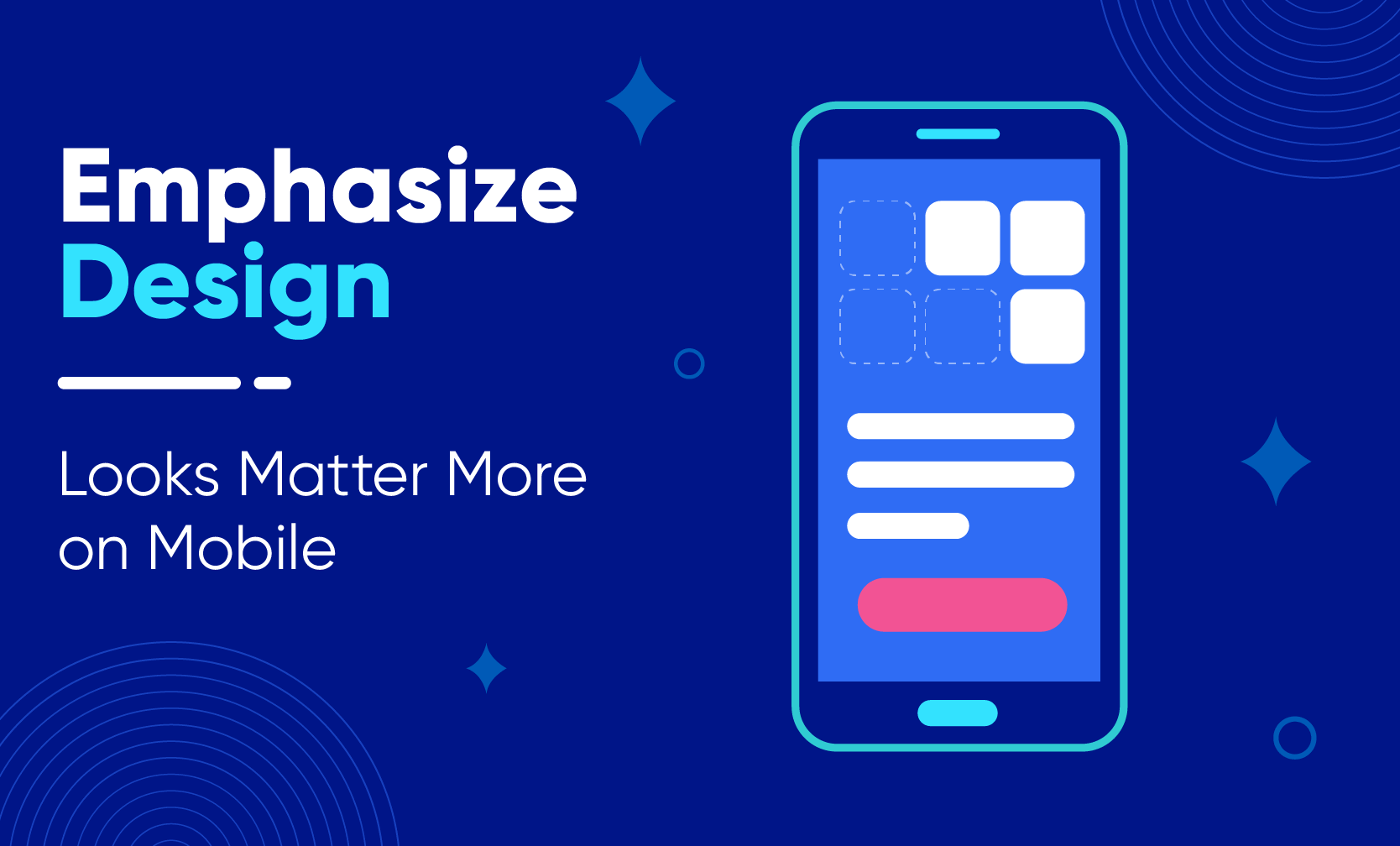
Functionality and features are important, but the aesthetic of the mobile experience can’t be underestimated. Smartphone producers put such a heavy emphasis on sleek design that users expect their apps to follow suit. They simply won’t engage with a clunky or cluttered UI, no matter how great the app’s features are.
This principle is one of the factors that WeChat founder Allen Zhang credits with the app’s massive success. He tells Harvard Business Review: “Before perceiving WeChat as a commercial product, I’d rather picture it first as an impressive work of art. When I started designing user interactions for Foxmail, I complicated everything. It felt wrong because it no longer looked neat. For WeChat, I now see the necessity of subtraction — making things simpler — and focusing on the product’s aesthetic quality.”*
WeChat boasts a ton of functionality: social networking, chat, mobile payments, even ticketing and retail. But the feature bar at the bottom of the UI is just four icons: Chat, Contacts, Discover, Me. Whenever someone suggested adding to this menu bar, Zhang refused: “I told the team to establish a rule that WeChat shall always have a four-icon bar, and never add anything to it.” 
Too many businesses try to cast the widest possible net in an effort to attract more customers and grow their bottom line. But this approach only results in low-quality leads and higher churn. 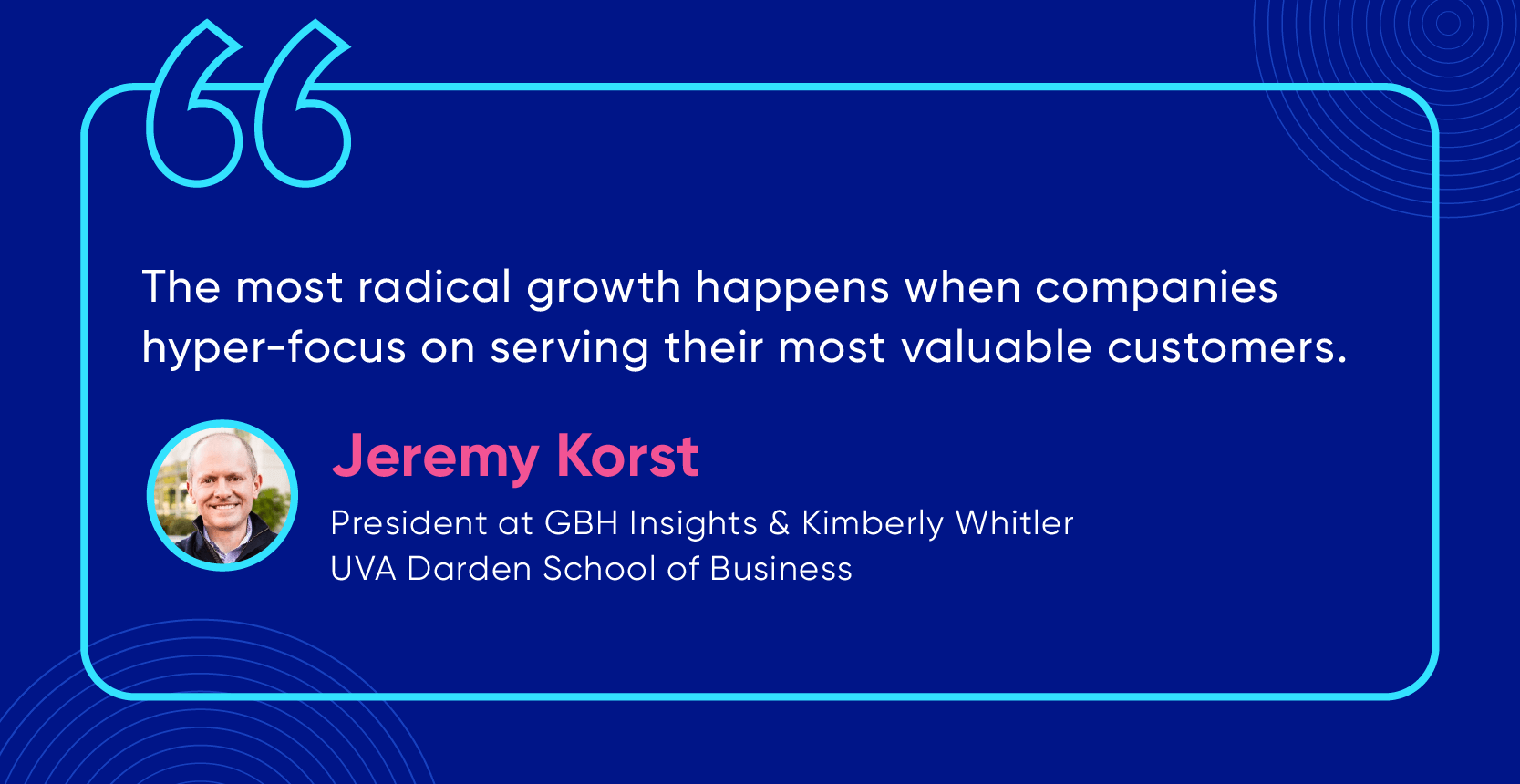
By creating customer segments to identify your best customers, you’ll be able to better define your ideal prospects and better prioritize everything from your overall brand strategy to product development and marketing.
“The most successful companies today understand that every customer is different. They identify their most valuable customers, and based on insights from those target customers, they craft their brand strategy,” Korst and Whitler advise.*
In their book Hacking Growth, Morgan Brown and Sean Ellis stress the importance of creating cohorts to understand user behavior, identify drop-off points, and boost retention and growth. You can’t scale if you don’t know what your most valuable customers are doing. These are the cohorts they recommend every business track:
- Acquisition month: See how your marketing efforts are performing, look for trends in sign ups and usage, and see how many months the typical new user stays before churning.
- Acquisition channel: Identify which channels your most valuable users are coming from so you can focus resources and scale your app efficiently
- Session frequency and session length: Pinpoint your app’s ideal session frequency and customer usage habits
- Conversion frequency
Read more tips for creating, tracking, and optimizing retention using cohorts in this article: Cohort Analysis: Strategies to Boost Retention
The New Rules of Mobile Business Growth
What’s the best business advice you’ve received? With so many factors changing consumer habits — from a global pandemic to a shifting economy — mobile brands are having to reapproach how they attract and retain customers. Hear mobile business leaders and marketing decision-makers share how they’re navigating industry changes in our live chat webinar series: New Rules of Marketing Engagement.
Watch every episode in the series on-demand now to hear these executives candidly discuss the marketing challenges we’re all facing and share how they’re navigating through them.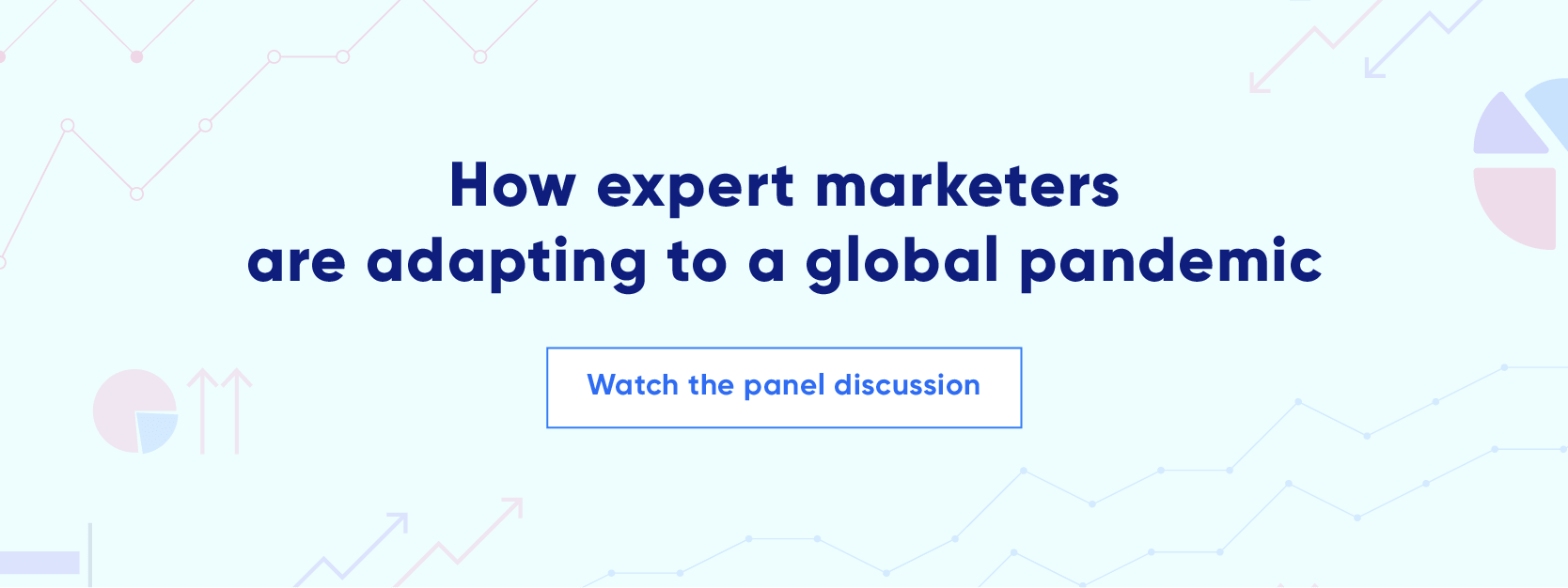
Shivkumar M 
Head Product Launches, Adoption, & Evangelism.Expert in cross channel marketing strategies & platforms.
Free Customer Engagement Guides
Join our newsletter for actionable tips and proven strategies to grow your business and engage your customers.















































